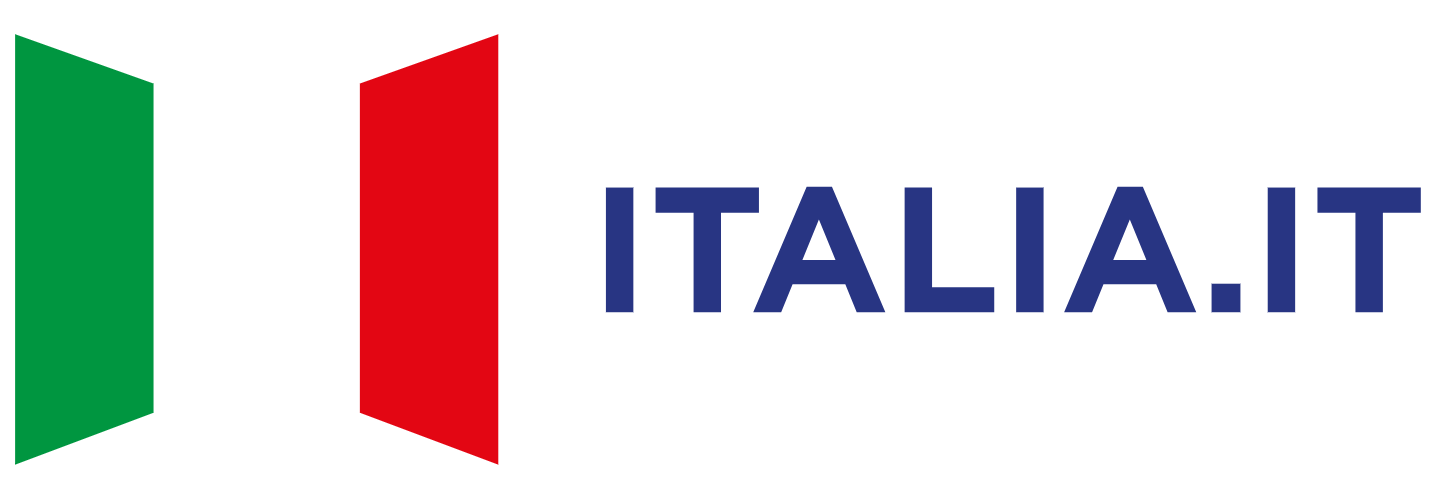Umbria, the green heart of Italy, is a largely rural region with ample forests and fields, traversed by the Val Tiberina, a long stretch of the Tiber River, and the Valnerina, the rugged and scenic valley of the Nera River. The territory is characterized by rolling green hills with villages rich in history and with strong medieval atmosphere.
The Marmore Falls, near Terni, Lake Trasimeno on the border with Tuscany, and the mountainous Monti Sibillini National Park and Monte Cucco Regional Park are highlights of Umbria’s many natural attractions.
The cuisine is an earthy one, and cured meats, especially around the town of Norcia, are so famous that the Italian term norcineria identifies shops specialised in cured pork (prosciutto, sausages, salami), game and meat in general. The region’s hearty traditional dishes feature homemade pasta, legume and vegetable soups, sheep’s milk cheese, pork products and truffles. Wineries throughout Umbria produce excellent vintages that perfectly complement the local cuisine. Extra-virgin olive oil is an essential ingredient that adds the finishing touch to nearly every dish, from soups to pastas, meats and vegetables.
Many events, especially in summer, are held around Umbria. Many towns host folkloric events with participants in historic costumes competing in horsemanship, archery or feats of strength and speed. Among the best-known are the Corsa dei Ceri (Gubbio), the Quintana (Foligno), the Medieval festival of Calendimaggio (Assisi) and the Corsa all’Anello (Narni). Nearly every village organizes a sagra sometime during the warmer months. These are celebrations of a local food or recipe, with a temporary outdoor restaurant, staffed by volunteer townspeople, offers the featured specialty and other typical dishes. Visiting a sagra is a fun occasion to take part in a community event and rub elbows with residents.
Other cultural events, ranging from music to theatre, include the Spoleto Festival of performing arts and Umbria Jazz Festival in Perugia, which attract international artists and audiences.
The region is crossed by hundreds of kilometres of trails for walking, cycling and mountain biking, rated from easy to very challenging. Cyclists enjoy the exhilarating and challenging trails in Umbria’s mountain parklands, where long climbs bring the rewards of spectacular panoramas and a fresh breeze at the summit.
Thematic itineraries include the St. Francis Way (Via di Francesco) and the Way of St. Benedict (Cammino di San Benedetto), which connect villages and sites associated with two of the region’s famous sons. Other well-known routes include the Way of the Franciscan Proto-martyrs, a circular route centred on Terni in the south of Umbria, and the Via Romea-Germanica, which has four stages through the western part of the region.
Other trails suitable for walking or easy cycling are along lakes and rivers: the Greenway of the Nera River, in the ruggedly beautiful Valnerina; and the path along the Tiber River between San Giustino in the far north of the region and Perugia; and routes around Lake Piediluco and Lake Trasimeno.
A more challenging and spectacular cycling route is the Spoleto-Norcia, along the former “alpine” railway with tunnels (not illuminated, you need a lamp) and viaducts.
Find many more MTB routes, searchable by level of difficulty, at umbriatourism.it/mountain-bike.
Road bike routes searchable by difficulty at umbriatourism.it/bici-da-strada.

